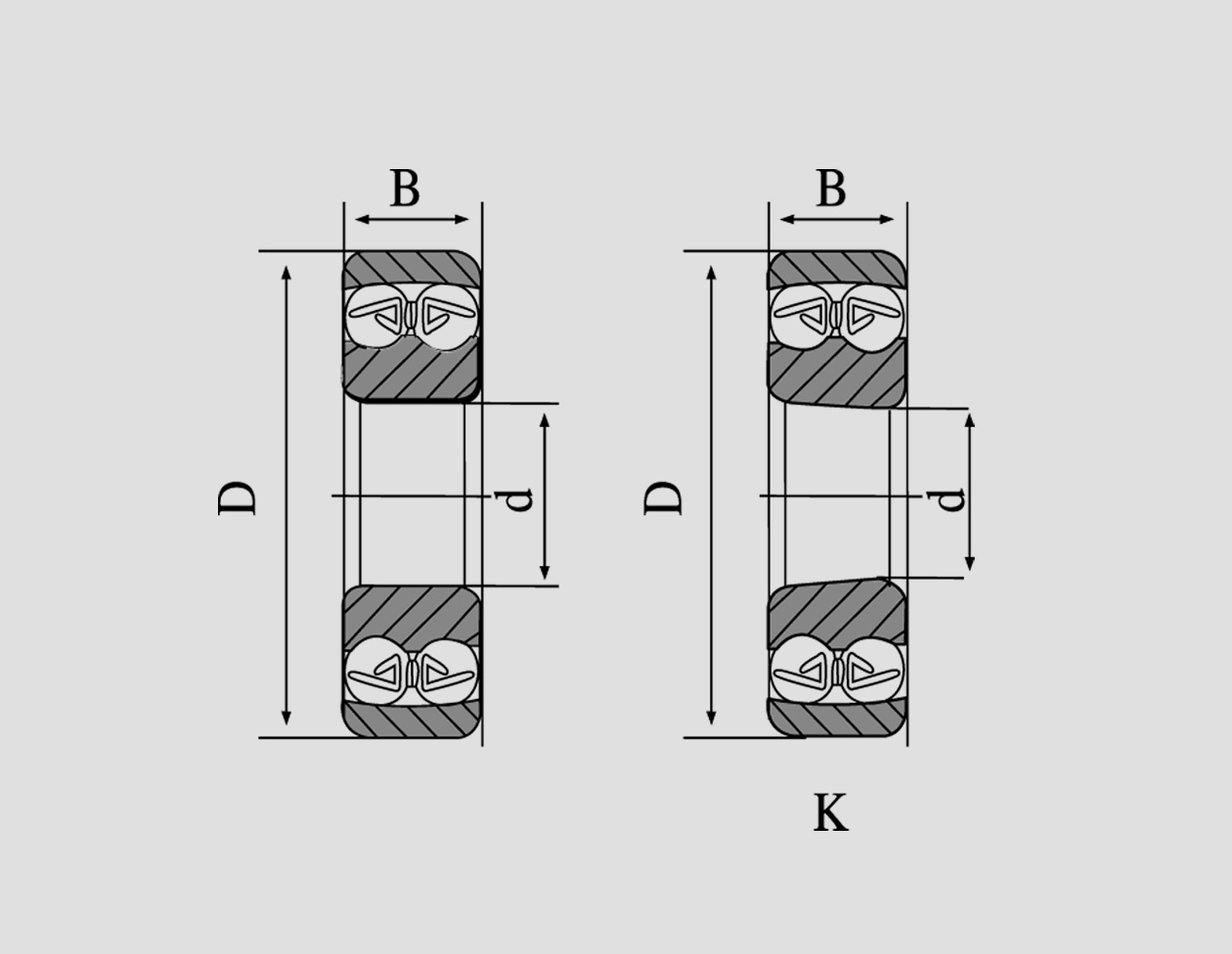
Nov . 08, 2024 02:32 Back to list
Understanding Tapered Roller Bearing Specifications and Their Applications in Machinery
Understanding Taper Roller Bearings A Comprehensive Overview
Taper roller bearings are a critical component in various mechanical applications, renowned for their ability to support heavy radial loads and moderate axial loads. These bearings are characterized by their unique design, featuring inner and outer rings with tapered surfaces, which facilitate the efficient distribution of load and rotation. This article will explore the key features, benefits, and applications of taper roller bearings, as well as how to interpret their specifications using a taper roller bearing chart.
Key Features of Taper Roller Bearings
The design of taper roller bearings consists of several integral components the cone (inner ring), the cup (outer ring), and a set of tapered rollers. The tapered shape of the rollers allows for better alignment and load distribution compared to traditional cylindrical roller bearings. This design minimizes friction and wear, contributing to extended service life.
Another notable feature is the ability of taper roller bearings to accommodate both radial and axial loads. This versatility makes them suitable for various applications, such as automotive, aerospace, and industrial machinery. Their construction also facilitates easier installation and maintenance, making them a popular choice among engineers and maintenance professionals.
Benefits of Taper Roller Bearings
1. Load Capacity Taper roller bearings can handle significant radial and axial loads, making them ideal for heavy-duty applications. This capability is due to the increased contact area between the rollers and the raceway.
2. Efficiency The tapered design reduces friction during rotation, leading to increased energy efficiency. This is particularly advantageous in high-speed applications where heat generation can be a concern.
taper roller bearing chart

4. Versatility Taper roller bearings are available in various sizes and configurations, allowing for customization to meet specific application requirements.
Interpreting a Taper Roller Bearing Chart
To effectively select and replace taper roller bearings, engineers often rely on a taper roller bearing chart. This chart provides essential specifications, such as the bearing's dimensions, load ratings, and material types. Here’s a brief overview of what to look for in the chart
- Dimensions The chart lists the inner diameter (d), outer diameter (D), and width (B) of the bearing. It's crucial to ensure that these measurements align with the specific requirements of the application.
- Load Ratings The dynamic load rating (C) and static load rating (C0) are critical metrics. They indicate the maximum loads that the bearing can support while in motion or at rest. Selecting the right load rating is vital for ensuring the longevity and reliability of the bearing in its intended application.
- Material Information Bearings may be constructed from different materials, such as chrome steel or ceramic. The chart will often indicate the material used, which can impact the bearing’s performance, corrosion resistance, and heat tolerance.
- Configuration and Series Information Taper roller bearings may come in various configurations (single-row, double-row, or four-row) and series numbers (e.g., 30000 or 40000 series). Understanding these classifications helps in identifying the right bearing type for specific loads and operational characteristics.
Conclusion
Taper roller bearings play a significant role in the functionality and efficiency of modern machinery. Their unique design allows them to handle multipurpose loads, making them suitable for a diverse range of applications. Understanding how to read and interpret a taper roller bearing chart is essential for selecting the appropriate bearing for specific needs. With their numerous benefits and critical applications, taper roller bearings continue to be an indispensable component in engineering and manufacturing sectors. By taking advantage of their load-bearing capabilities and efficiency, businesses can enhance their performance and reliability in a competitive market.
Latest news
-
Premium Deep Groove Ball Bearings | High Speed & Reliability
NewsAug.29,2025
-
Durable Scaffolding Clamps - Secure & Reliable Tube Connectors
NewsAug.28,2025
-
Common Failures in Thrust Ball Bearings and Solutions
NewsAug.22,2025
-
How Tapered Roller Bearings Can Take Shock Loads
NewsAug.22,2025
-
Angular Bearings in High-Precision Spindles
NewsAug.22,2025
-
The Impact of Misalignment on Cylindrical Roller Bearing Performance
NewsAug.22,2025
